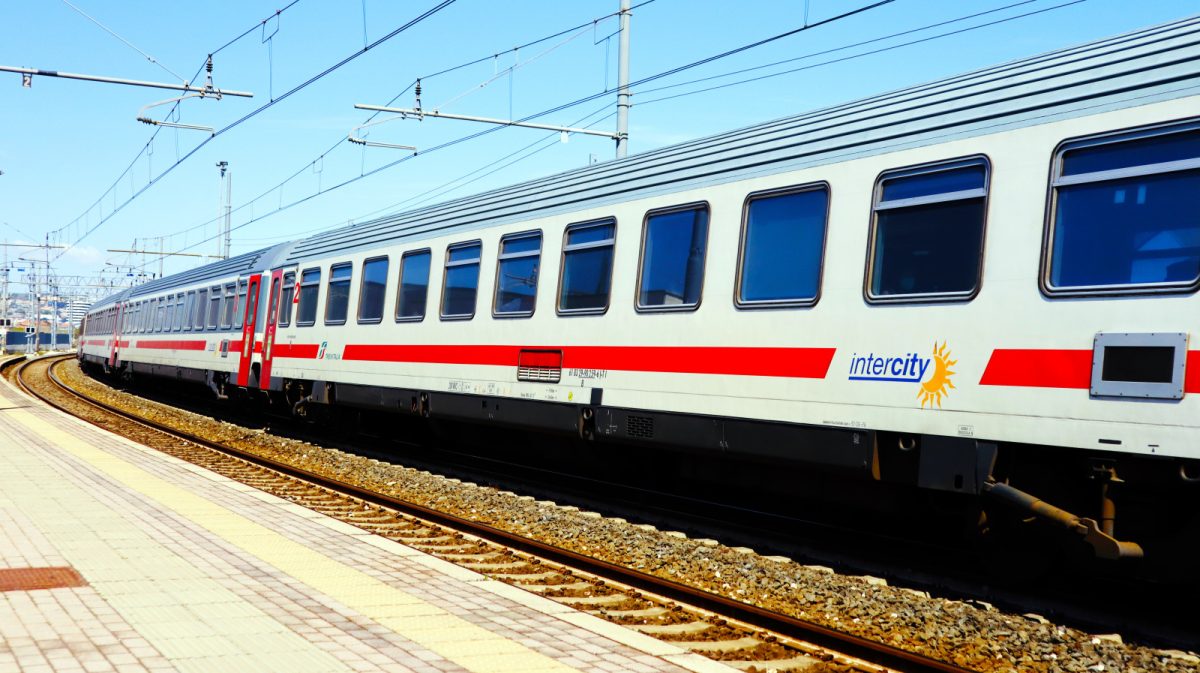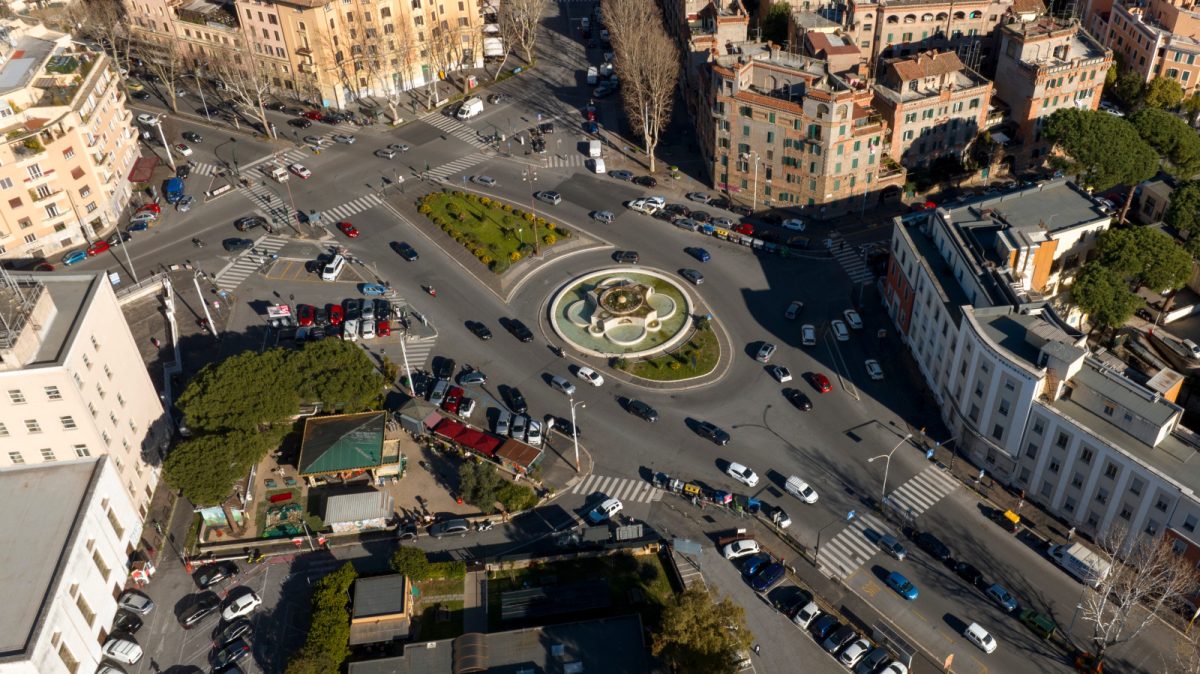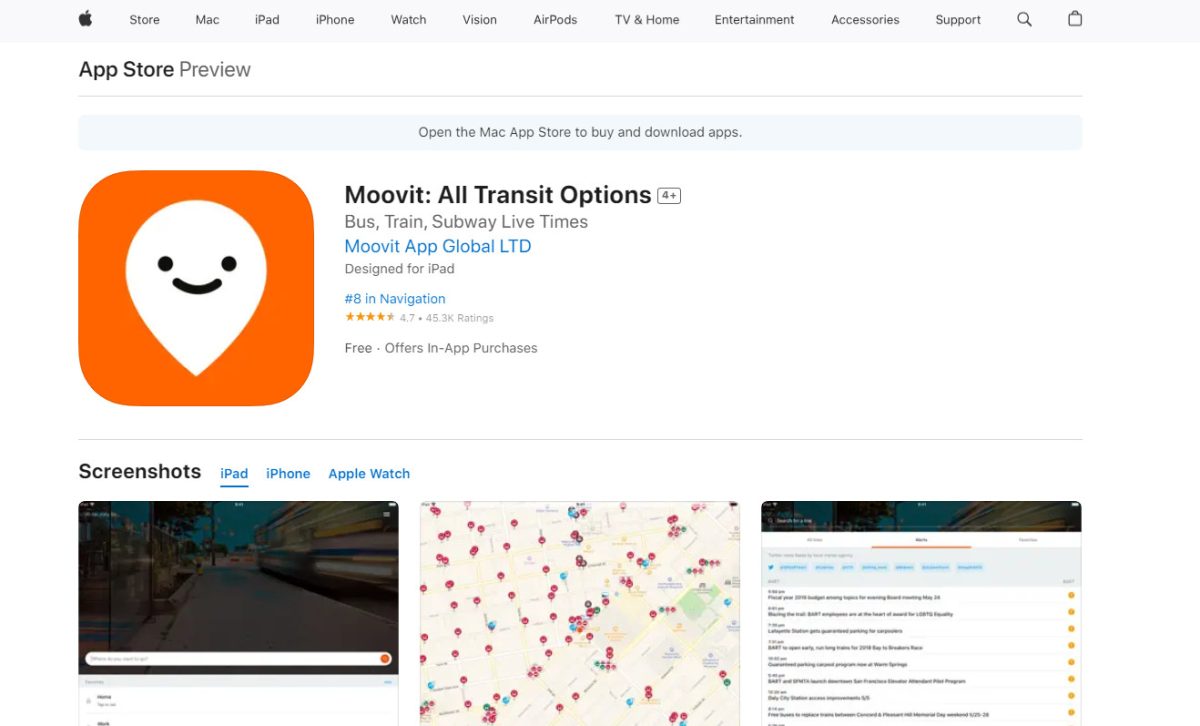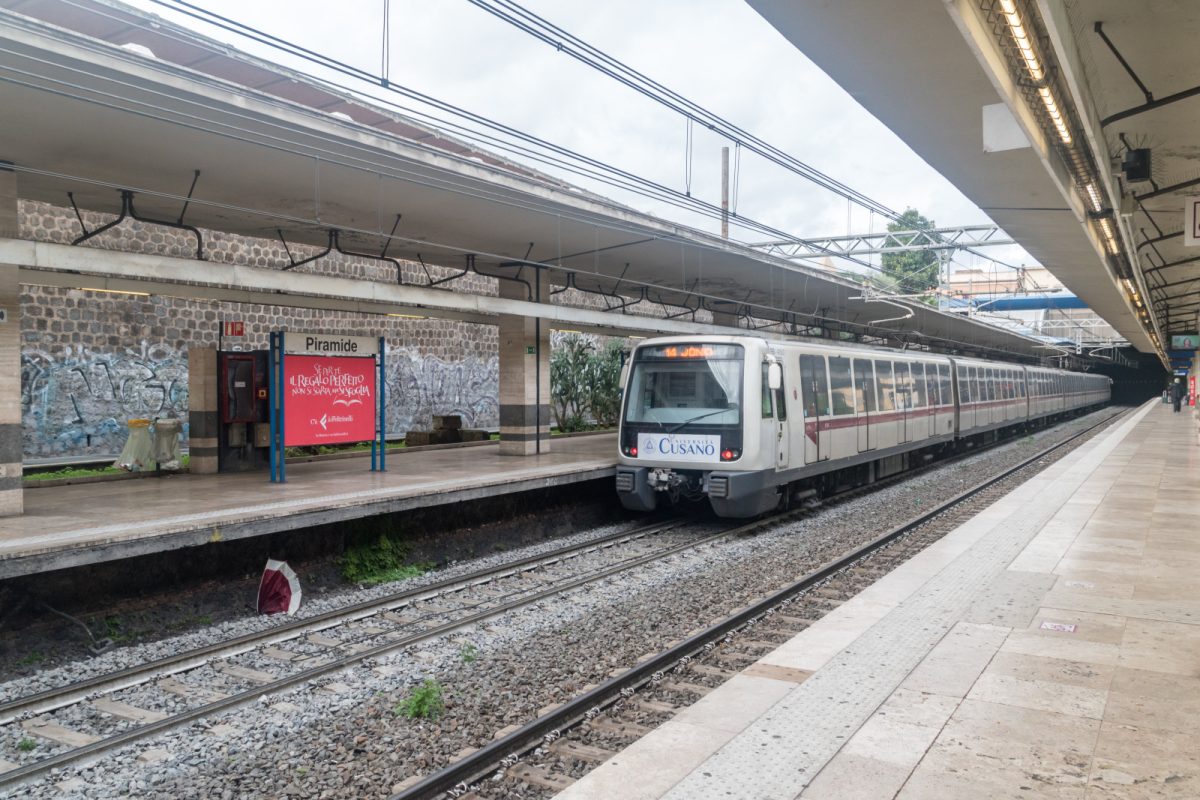Navigating public transportation in Italian cities can be a smooth and budget-friendly experience. The extensive Italian public transport system incorporates trains, buses, metro lines, trams, and ferries. You can save money by purchasing longer-duration tickets, such as weekly passes, which often provide better value than single-ride tickets.
Trains are the backbone of long-distance travel across Italy, connecting major cities like Rome, Milan, Venice, and Florence. Booking your train tickets online in advance can save you significant money and guarantee you a seat during busy travel periods.
Local buses and metro lines are reliable and efficient for shorter trips within a city. Day passes for buses and metros offer unlimited travel for a set period and can be a great way to explore without constantly purchasing individual tickets.
When navigating cities with trams, they provide a scenic and often less crowded option than buses. For coastal cities, ferries are not only a mode of transport but also an enjoyable way to see the coastline.
Consider multi-trip ferry tickets if you plan on frequent travel. Adapting to the various modes of public transport in Italian cities can enhance your travel experience and save you money along the way.
The Public Transport System in Italy
Italy boasts a comprehensive public transport system that efficiently connects cities and regions. You have various options, including trains, buses, metros, and trams.
Trains

Italy’s rail system is reliable and well-connected. Trenitalia and Italo are the primary operators. Trenitalia offers diverse routes, while Italo focuses on high-speed travel.
Book tickets in advance for discounts. Use regional trains for budget travel and high-speed trains for quick trips.
Metro

Major cities like Rome, Milan, and Naples have metro systems. Metro tickets are typically valid for a set period, such as 90 minutes.
To save money, purchase day or multi-day passes if you plan multiple trips. Don’t forget to validate your ticket before boarding.
Buses and Trams

Cities have extensive bus and tram networks. Tickets can be purchased at stations, newsstands, or via mobile apps. Validate your ticket upon boarding. If used frequently, travel passes often include bus and tram access, saving you money.
Tickets and Fares

Buying tickets at stations, kiosks, or online for all public transportation. Many cities offer transportation passes, which can be more economical than buying single tickets.
Money-Saving Tips

- Book online to find discounts.
- Validate your ticket to avoid fines.
- Use travel passes for unlimited rides.
- Travel during off-peak hours to find cheaper fares.
This multi-faceted public transport system helps you explore Italy conveniently and economically.
Trains: Types and Tips

Navigating Italy by train can be straightforward, with some insights into the main services available and helpful tips to make your journey more pleasant and affordable.
High-Speed Train Services

Frecciarossa, Frecciargento, and Frecciabianca are the high-speed train services offered by Trenitalia. They swiftly and comfortably connect major cities like Rome, Milan, Venice, Florence, and Naples.
Frecciarossa offers the fastest service and multiple classes, including Executive and Standard. Frecciargento and Frecciabianca are slightly slower but still efficient.
To save money, book tickets in advance. Promotions and discounts are often available when booking through the Trenitalia or Italo websites.
Consider traveling during off-peak hours for better deals. High-speed trains require seat reservations, so secure your spot ahead of time.
InterCity and Regional Trains

InterCity trains are crucial for mid-range cities, balancing speed and cost. They offer necessary amenities but are slower compared to high-speed services. For these trains, it is essential to have a reserved seat, which can be done while purchasing your ticket.
Regional trains (Regionale) connect smaller towns and are the most economical option. They do not require seat reservations and work on a first-come, first-served basis. These trains are ideal for exploring local areas or short trips.
Local or commuter trains are typically more crowded, especially during rush hours. Purchasing a monthly or weekly pass can save money if you plan to use these frequently. Always remember to validate your ticket before boarding to avoid fines.
See Related: The Perfect 10-Day Italy Itinerary for Active Couples
Buses: Routes and Passes

Buses in Italy are an effective way to travel, especially in cities such as Rome. Understanding the different routes and passes can enhance your experience.
Most cities have extensive bus networks with routes covering key areas and tourist spots. City buses in Rome, for example, can take you to historic landmarks like the Colosseum and Vatican City.
Tickets must be purchased before boarding the bus. You can buy them at ticket machines, kiosks, and sometimes local shops. Make sure to validate your ticket using the machine onboard to avoid fines.
Many cities offer multi-ride passes, which can be more cost-effective if you plan to use the bus frequently. Options include 24-hour, 48-hour, and weekly passes.
Money-Saving Tip: For longer distances, consider FlixBus. This service offers economical intercity travel options, saving you money compared to trains.
If you plan to use multiple forms of public transport, look into city tourist passes. These often include unlimited bus rides, which can be a convenient alternative.
To make navigating easier, many bus companies provide mobile apps. These apps offer real-time updates on bus schedules and routes.
Night buses run after regular service hours in Rome and other large cities. Check schedules in advance to ensure you catch the right bus.
Utilizing city buses efficiently can enhance your travel experience in Italy, making your explorations smoother and more budget-friendly.
Car Rentals: Pros and Cons
Pros

- Freedom and Flexibility: Renting a car allows you to explore Italy quickly. You can visit off-the-beaten-path destinations that aren’t easily accessible by public transportation.
- Group Travel: For families or groups, renting a vehicle can be more convenient and cost-effective than buying multiple train or bus tickets.
- Access to Remote Areas: Some scenic spots, small villages, and countryside locations are best reached by car. A rental vehicle makes these destinations more accessible.
Cons

- Traffic and Parking: Italian cities can be challenging to navigate due to heavy traffic and limited parking spaces. Finding parking, especially in city centers, can be difficult.
- ZTL Zones: Many cities have Restricted Traffic Zones (Zona a Traffico Limitato, ZTL), where only authorized vehicles are allowed. Violating these zones can result in hefty fines.
- Local Regulations: Driving in Italy requires familiarity with local road rules. Understanding signs, road markings, and the autostrada (highway) system is essential.
- Rental Costs: Renting a car can be expensive, especially when considering insurance, fuel, and potential toll fees. Comparing prices between different car rental companies like Hertz, Europcar, and Avis can help you save money.
- Electric Cars: While renting an electric car reduces CO2 emissions, the limited range and fewer charging stations in rural areas may pose challenges. It’s more suitable for city driving.
Money-Saving Tips
- Book Early: Book your car rental early to secure the best deals. This ensures lower prices and a wider selection.
- Check for Discounts: Look for discounts or promotions car rental companies offer. Membership programs sometimes offer additional savings.
- Avoid Extra Fees: Return the car with a full tank to avoid refueling charges, and be cautious of potential additional fees for insurance or GPS units.
Metro Systems in Major Cities
Navigating Italian cities through their metro systems offers efficient and dependable transportation. Each city’s metro network has unique features and options for saving money.
Rome: Metropolitana

The Rome Metro, Metropolitana di Roma, is a reliable way to get around the city. It features three main lines (A, B, and C) that connect to key attractions and neighborhoods. The system is well-integrated with buses and trams, providing extensive coverage.
Key Aspects:
- Major Lines: Line A (orange), Line B (blue), and Line C (green).
- Operating Hours: Generally 5:30 AM to 11:30 PM on weekdays, with extended weekend hours.
Money-Saving Tips:
- Purchase a Roma Pass for unlimited travel and discounts on attractions.
- Opt for a 24-hour, 48-hour, or 72-hour ticket for frequent travel.
Milan: Metropolitana di Milano

Milan’s metro system, Metropolitana di Milano, is one of the most advanced networks in Italy. It has four main lines, each identified by different colors: M1 (red), M2 (green), M3 (yellow), and M5 (purple). This system efficiently connects Milan’s central districts and outer suburbs.
Key Aspects:
- Total Lines: Four main lines.
- Key Stations: Centrale FS, Duomo, Cadorna.
Money-Saving Tips:
- Use the MilanoCard for travel discounts and city tours.
- Consider monthly or weekly travel passes if you’ll be in Milan for an extended period.
Naples: Metropolitana di Napoli

The Metro system in Naples, known as Metropolitana di Napoli, consists of two primary lines, Line 1 and Line 6, with additional lines planned for future development. Line 1 is known for its “Art Stations,” featuring contemporary works by famous artists, providing both transit and visual appeal.
Key Aspects:
- Main Lines: Line 1 (yellow) and Line 6 (blue).
- Points of Interest: Toledo station (famous for its design).
Money-Saving Tips:
- Purchase a UnicoCampania ticket for unlimited access to Naples’ public transportation network.
- Look for discounted passes for tourists and frequent riders.
Tips for Navigating Public Transport
Using public transportation in Italian cities can save you time and money. Key strategies include leveraging transportation apps and understanding timetables and routes.
Making Use of Transportation Apps

Download transportation apps like Moovit or ATAC‘s official app for Rome. These apps display routes, timetables, and real-time updates, helping you navigate cities effortlessly.
Apps can show you the quickest routes and inform you of service disruptions. You can also use apps to buy tickets in advance, which are often cheaper than purchasing them at the station. For example, Rome’s ATAC app allows ticket purchasing directly through the app and offers discounts on multi-day passes.
Money-saving tip: Check for special promotions or tourist passes available on these apps. These passes can provide unlimited travel for a fixed period at a reduced cost.
Understanding Timetables and Routes

Review maps and timetables available at stations and on transit apps to familiarize yourself with the public transport network. Understanding peak times can help you avoid crowded trains and buses.
Most bus and metro services are frequent, but knowing when the last train or bus departs is crucial, especially late at night. Italian cities like Milan and Naples have night buses, so check the specific schedules.
Money-saving tip: If you plan to use public transport extensively, opt for weekly or monthly passes, as these passes are more economical than buying single tickets. Always validate your ticket to avoid fines.
See Related: Foodie’s Paradise: Must-Visit Markets and Culinary Hotspots in Italy
Using Apps for Navigation
Google Maps

Google Maps is a versatile app for navigating public transportation in Italian cities. It provides real-time updates, route planning, and travel time estimates. Using this app, you can easily find the quickest route and save money by choosing less congested and more efficient options.
Moovit

Moovit is another excellent app designed specifically for public transport. It offers detailed schedules and step-by-step navigation.
You can track buses, trains, and trams in real-time. Moovit also provides alerts for service changes to avoid unnecessary delays.
MyCicero

MyCicero helps you book public transport tickets directly from your phone. You can compare different ticketing options and choose the most budget-friendly one. This app is a great way to avoid lines at ticket booths and save time.
Public Transport Apps

Various Italian cities have their official public transport apps. These usually include Rome’s ATAC app and Milan’s ATM app. They offer comprehensive maps, ticket purchases, and updates. Using these apps can help you navigate the local routes more efficiently.
Skyscanner

While Skyscanner is primarily known for flights, it also helps find cheap car rentals and hotel bookings. If you need a transfer service or an overnight stay, this app can help you compare prices and find the best deals.
Uber

Uber operates in many Italian cities and is a reliable alternative to traditional taxis. It offers upfront pricing and cashless transactions. Using Uber can sometimes be more economical, especially if traveling with a group and sharing the fare.
| App | Primary Use | Money-Saving Tip |
|---|---|---|
| Google Maps | Navigation | Choose less congested routes |
| Moovit | Real-time public transport updates | Avoid service delays |
| MyCicero | Ticket booking | Compare ticket options |
| ATAC/ATM | Local public transport navigation | Use city-specific offers |
| Skyscanner | Flights, car rentals, hotels | Compare rental deals |
| Uber | Ride-sharing | Share fare with friends |
These apps will make your travel to Italian cities more efficient and cost-effective. Adjust your choices based on your specific needs and preferences for the best experience.
Accessibility and Special Services
Italian cities offer various facilities and services to cater to the needs of passengers with disabilities and families. Understanding these amenities can enhance your travel experience and ensure a smooth journey.
Facilities for Passengers with Disabilities

Many public transportation systems in Italy are equipped with features to assist disabled passengers. Buses and trams often have low floors and dedicated spaces for wheelchairs. Some metro stations and trains also provide elevators and ramps to facilitate boarding.
Accessible tours and guides are available in major tourist destinations. These services ensure that people with disabilities can enjoy attractions like museums and monuments. Always check the accessibility options before planning your visit.
For money-saving tips, look for discounts offered specifically for people with disabilities. Many transportation services provide reduced fares or free rides for both the person with the disability and a companion. Investing in a travel card that covers multiple modes of transportation can also reduce costs.
Family-Friendly Services and Discounts

Family-friendly services across the public transportation network make traveling with family in Italian cities easier. Some buses and trains have designated family-friendly areas with more space and safer seating for children.
Parents should look for discounted family passes, often providing cheaper fares for children. These passes can be used across different transportation modes, including buses, trams, and metros.
Young children often travel for free or at a reduced rate. Check the age limits and conditions for these discounts. Investing in a multi-day family pass can be a cost-effective option for extended stays.
Facilities for families include baby-changing stations and priority seating areas on many forms of public transport, ensuring a comfortable journey for everyone.
See Related: Exploring Italy’s Top UNESCO World Heritage Sites
Common Mistakes to Avoid
Public transportation in Italian cities can be quite smooth, but common mistakes can lead to unnecessary complications. Here are some practical and helpful tips to navigate like a pro.
Not Validating Your Ticket

Always validate your ticket before boarding buses, trams, or metros. Validation machines are usually found at station entrances or inside vehicles. Failure to validate might result in hefty fines.
Money-Saving Tip: Purchase multi-journey or daily passes to save money if you use public transport frequently.
Buying the Wrong Ticket

Italian public transport offers different tickets for various zones and durations. Ensure you purchase the correct ticket that matches your travel plans.
Money-Saving Tip: If you stay longer, weekly or monthly passes can be more economical.
Ignoring Peak Hours

Metro and buses can get very crowded during rush hours. If possible, plan your trips to avoid traveling during these times.
Boarding Without Exact Change

Many buses and trams require exact change for ticket purchases. To avoid this issue, buying your ticket in advance is best.
Money-Saving Tip: Some transport networks offer discounts for advance online purchases.
Missing Night Schedules

Not all public transport services run 24/7. Check the schedule to avoid being stranded late at night.
Long-Distance Missteps

Private coaches may be slower than trains but are usually cheaper for long-distance travel. Companies like Flixbus and Itabus offer convenient online booking.
Money-Saving Tip: Book long-distance coaches in advance for the best rates.
Avoiding these common mistakes can make your experience with public transportation in Italian cities much more enjoyable and efficient.
Final Tips for Seamless Travel

- Validate Tickets: Always validate your ticket before boarding buses, trams, or trains in Italy. Use the small yellow or green machines found at stations or inside vehicles. Failure to validate can result in fines.
- Stay Updated on Strikes: Public transportation strikes can occur. To stay informed, check local news or transport websites.
- Choose the Right Ticket: Depending on your travel needs, choose from single tickets to weekly passes. Single tickets are often best for tourists, while weekly passes can offer savings for extended stays.
- Map Your Route: Use transport maps to plan your journey. Italian public transport infrastructure quality is generally high, making it easy to navigate cities.
- Fixed Taxi Fares: Taxi in Italy sometimes offer fixed prices from airports to city centers. For example, the fare from Naples airport to the city center’s main train station is €20.
- Use the Metro: The metro is a convenient and efficient mode of transport in major cities like Rome and Milan. Metro maps are available at stations and online for easy route planning.
- Download Transport Apps: Apps like Moovit or the official transport network apps can provide up-to-date schedules, routes, and ticket information.
Money-Saving Tips:
- Trains: Purchase train tickets in advance for discounts. Regional trains are cheaper than high-speed options.
- Buses: Consider multi-day passes if you plan to use buses frequently.
- Metro: Look for tourist cards that include unlimited metro rides alongside entries to attractions.


0 Comment